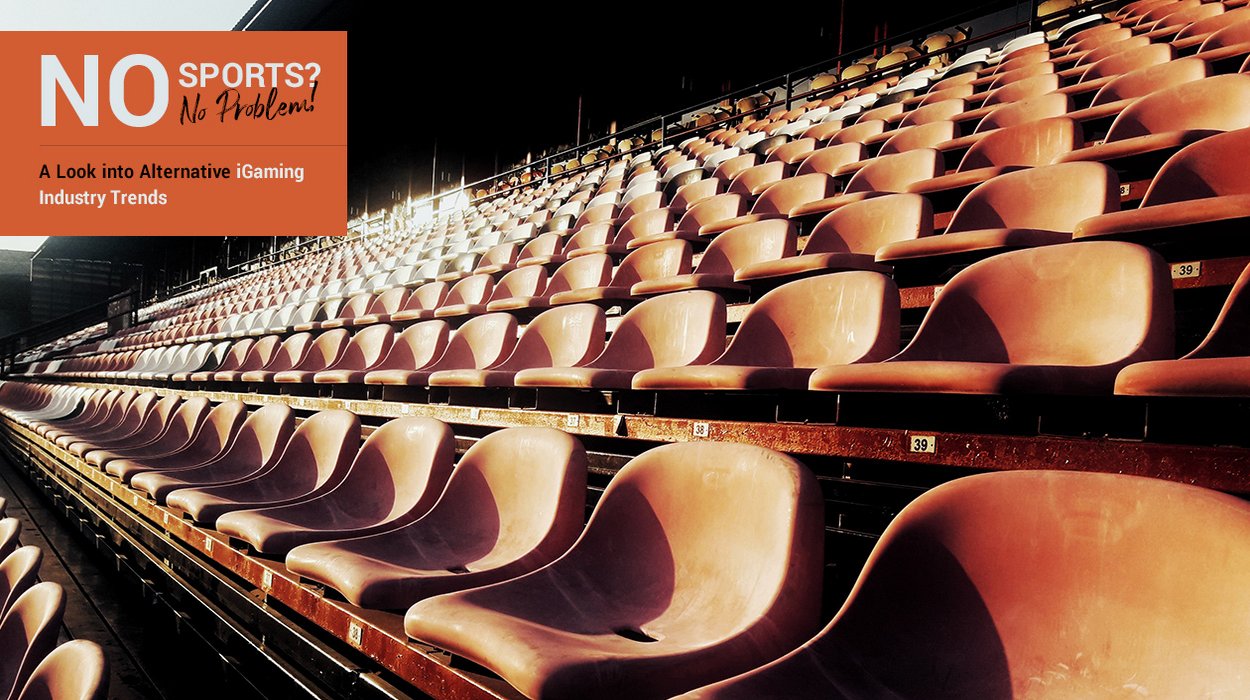
There is no question that the esports vertical rose in popularity and prominence in relation to the iGaming space during the height of the global pandemic, and there is much proof that it is only gaining in momentum, as uncertainty continues to surround other verticals in the industry.
—
Earlier this year, many operators turned to this new vertical as a way to mitigate their losses from the cancellation of different sporting leagues at the peak of their run.In the last couple years, we have seen the exponential growth in the esports realm and how it has taken over the world. In fact, according to a business intelligence report by Stream Hatchet, 2.4 billion hours was spent watching esports videos worldwide in 2013. In 2018, the number nearly tripled and 6.6 billion hours of esports was consumed by viewers.
This year, as we faced a worldwide lockdown, there has been an even more intense growth in the time spent watching esports, from 4.8 billion hours in Q1, to 7.7 billion in Q2 and 7.5 billion in Q3. Although, we see a slight drop in the hours viewed from Q2 to Q3, it still demonstrates a 91.8% increase since Q3 2019, where 3.89 billion hours were watched.
In order to maintain the retention and turnover rate, many operators have turned to further focus on games and leagues similar to its traditional sporting counterpart in order to appeal to existing sports bettors. This proved to be a great solution.
According to Everymatrix’s Esports Betting Report, sports-simulation games have a much faster adoption rate among sports bettors. This would mean that users who are already quite familiar with traditional sports had seamlessly transitioned over to a different form of entertainment in a similar setting. This was the year we witnessed an increase in official organisations backing esports tournaments and leagues. In fact, we see this taking place at the beginning of the year with NBA 2K Players Tournament. All-star, Kevin Durant and other NBA players played and participated in this esports tournament, which was also aired on ESPN.
The further exposure of this new vertical to traditional sports viewers not only proved to be a great opportunity for esports to gain a whole new audience, but it also benefited television networks by helping to fill the sports broadcasting void.
As different sporting leagues and events began to resume, it was unclear if this new vertical would taper off, however, as time went on, it became more certain that esports is here to stay! Although, a lot of punters have gone back to betting on traditional sports, this year has done wonders for the esports vertical and has shown that it will continue to grow at significant rates.
Operators and players alike are now more aware and educated on the vertical and its betting opportunities. For all the players that have turned to esports when traditional sports were halted, they are now more familiar with the teams, players and tournaments. Considering all the aforementioned factors, the likelihood for these players to place bets once again is very high.


